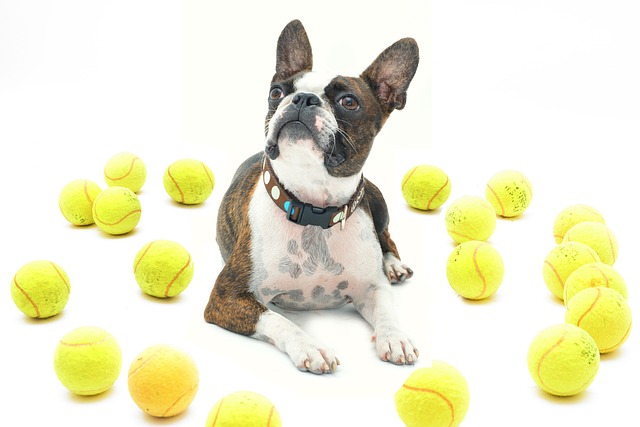
How do i train my dog to be obedient?
Watching your dog dart across the park ignoring your calls isn’t just frustrating—it can put them at risk near busy streets or public spaces.
Many new dog owners find themselves stressed when leaving their pup at home—chewed furniture, endless barking, or puddles on the floor often follow. The good news? You can train your dog to stay home alone without a crate, and it starts with understanding their needs. Dogs are social creatures, so sudden long absences can trigger anxiety. Think of it like leaving a toddler alone for hours—they need time to build confidence, step by step.
The key here is gradual desensitization, a proven method in animal behavior. Dogs learn through repetition and positive associations, not fear. Punishing a dog for anxious behavior (like scolding them for chewing) only makes things worse, which is why positive reinforcement is non-negotiable. Start small: pick a quiet time, grab your keys, and step outside for 30 seconds. Come back, ignore the excitement, and toss them a treat if they stayed calm. Repeat, adding 1-2 minutes each time. This teaches them that “you leaving” equals “you coming back” and maybe a reward.
 Your home setup matters too, especially in apartments where space is tight. Create a cozy, dog-safe zone—maybe a corner with their bed, a favorite toy, and a puzzle feeder filled with peanut butter. Avoid leaving valuables or dangerous items (like cords) within reach; prevention is easier than correcting. If your pup starts pacing or whining, don’t rush back immediately—that rewards the stress. Wait for a quiet moment, then return calmly. Over time, they’ll learn that quiet behavior leads to your return.
Your home setup matters too, especially in apartments where space is tight. Create a cozy, dog-safe zone—maybe a corner with their bed, a favorite toy, and a puzzle feeder filled with peanut butter. Avoid leaving valuables or dangerous items (like cords) within reach; prevention is easier than correcting. If your pup starts pacing or whining, don’t rush back immediately—that rewards the stress. Wait for a quiet moment, then return calmly. Over time, they’ll learn that quiet behavior leads to your return.
Consistency is your best tool. Stick to a routine: feed them, take them for a walk (don’t forget to clean up after them—community rules matter!), then start your short absences. Avoid making a big deal out of leaving or arriving—no long goodbyes or excited greetings. This keeps their emotions steady and reduces the urge to act out. Remember, even well-trained dogs need breaks; if you’re gone all day, consider a dog walker to break up the time.
Legal stuff isn’t just paperwork—make sure your dog is up-to-date on vaccines, as required by most local laws. A healthy dog is a happy dog, and a happy dog handles alone time better. Plus, a vaccinated pup is less likely to pick up illnesses, which means fewer vet trips and more trust in their ability to stay calm.
Training a dog to stay home alone without a crate takes patience, but it’s worth it. You’ll build a bond based on trust, and your pup will learn to feel secure even when you’re not around. Start today, take it slow, and celebrate small wins—like coming home to a calm dog and intact shoes. That’s success.

Watching your dog dart across the park ignoring your calls isn’t just frustrating—it can put them at risk near busy streets or public spaces.

New puppy owners often find themselves rushing to clean up accidents before they set in, and that’s where puppy pad training becomes a game-changer.

If you've noticed your dog's waistline disappearing and your veterinarian has mentioned those few extra pounds, your first instinct might be to simply reduce the amount of food in their bowl.

Training a dog to use a designated spot indoors isn’t as daunting as many new owners fear, but it does take consistency and an understanding of your pet’s needs.

That moment of dread on a walk is all too familiar for many new dog owners. You see another dog approaching down the sidewalk of your neighborhood

If the sight of another dog on your neighborhood walk makes your heart sink as your own dog erupts into a frenzy of barking and lunging, you're not alone.